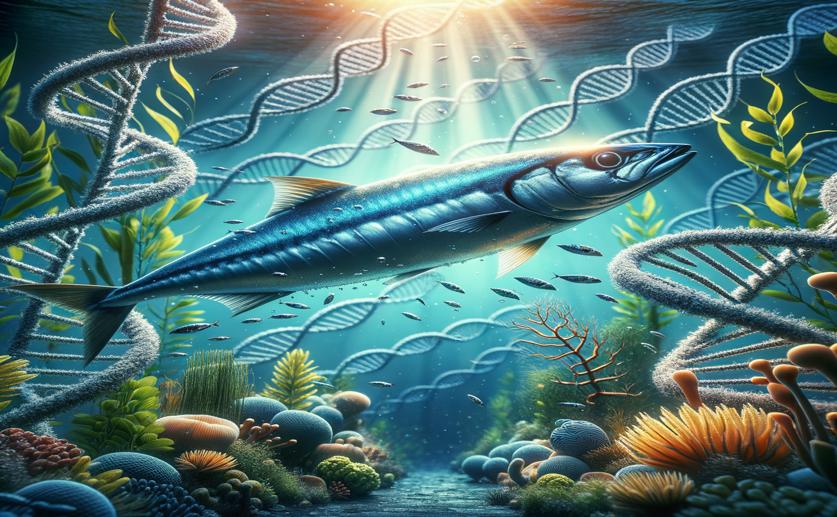
Combining Genetics and Ecology to Protect an Unknown Sardine
Jenn Hoskins
9th March, 2024

Image Source: Natural Science News, 2024
Key Findings
- Study in Brazil finds two distinct sardine lineages with unique DNA due to ocean barriers
- Coastal sardines expanded in number, while island sardines shrank due to past climate changes
- Researchers suggest separate conservation plans for coastal and island sardine populations
References
Main Study
1) Integration of genomic and ecological methods inform management of an undescribed, yet highly exploited, sardine species.
Published 6th March, 2024
https://doi.org/10.1098/rspb.2023.2746
Related Studies
2) The combination of genomic offset and niche modelling provides insights into climate change-driven vulnerability.
3) Combining population genomics with demographic analyses highlights habitat patchiness and larval dispersal as determinants of connectivity in coastal fish species.
4) Threatened Species Initiative: Empowering conservation action using genomic resources.
5) Genomic analysis reveals neutral and adaptive patterns that challenge the current management regime for East Atlantic cod Gadus morhua L.



 7th March, 2024 | Jenn Hoskins
7th March, 2024 | Jenn Hoskins